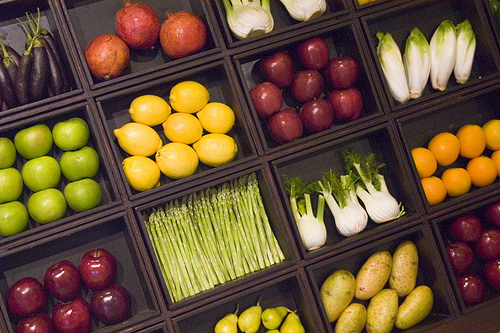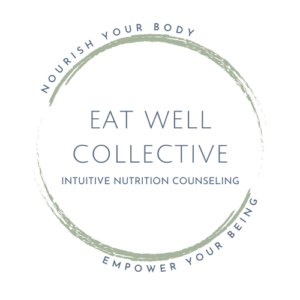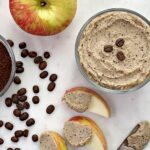
My last post about food safety at the farmer’s market raised the very good question of how to safely wash produce. I will now answer the following questions:
- Does tap water suffice?
- Should vinegar be used?
- Are produce washes all that they claim to be?
No washing method will completely remove or kill all microbes which may be present on produce. Studies have shown that thoroughly rinsing produce under running water is an effective way to reduce the number of microorganisms. Washing produce not only helps remove dirt, bacteria, and other contaminants, but it also helps remove residual pesticides.
What’s all the hype?
Chemical rinses and other treatments for washing produce are now being sold and advertised as the best way to keep fresh fruits and vegetables safe in the home. But are these washes effective? The FDA advises against using commercial produce washes because the safety of their residues has not been evaluated and their effectiveness has not been tested or standardized.
How do these produce washes compare to water washes?
Researchers at the Department of Food Science and Human Nutrition at the University of Maine tested 3 commercial wash treatments:
- Fit® (Proctor & Gamble, Cincinnati, OH)
- Ozone Water Purifier XT-301 (Air-Zone Inc., Leesburg, VA)
- J0-4 Multi-Functional Food Sterilizer (Indoor Purification Systems, Layton, UT)
All three products were tested according to product directions. The commercial produce wash was compared to a water wash of distilled water. Distilled water is filtered and purified meaning the contaminants are removed.
The Findings:
- Fit® washes got rid of roughly the same amount of microbes as distilled water and both reduced the level of residual pesticides compared to the unwashed samples.
- Both ozone systems, the Ozone Water Purifier XT-301 and the J0-4 Multi-Functional Food Sterilizer, removed microbes; however, the distilled water wash was more effective than either of the ozone washes.
This research shows that distilled water can be just as effective, if not more. For a safe and cost effective way to wash produce, soak fruits and vegetables in distilled water for 1 to 2 minutes.
More Research:
The editors of Cook’s Illustrated completed comparative testing of different methods for washing fruits and vegetables. They found that water and a scrub brush removed 85% of the bacteria. The cleaning method that worked the best was a dilute vinegar rinse (3 parts water, 1 part vinegar). It removed 98% of the bacteria.
From Dirty to Clean
According to the Environmental Working Group, the following are the dirtiest and the cleanest fruits and vegetables with regard to their pesticide load.
The Dirty Dozen
These dirty fruits and veggies may take more than a soak and a gentle scrubbing to make them safe to eat.
1. Peaches
2. Apples
3. Sweet bell peppers
4. Celery
5. Nectarines
6. Strawberries
7. Cherries
8. Kale
9. Lettuce
10. Imported grapes
11. Carrots
12. Pears
The Clean Fifteen
Below is a list of what’s considered the cleanest produce, though I would still recommend washing thoroughly.
1. Onions
2. Avocados
3. Sweet corn
4. Pineapples
5. Mangoes
6. Asparagus
7. Sweet peas
8. Kiwi
9. Cabbage
10. Eggplant
11. Papayas
12. Watermelon
13. Broccoli
14. Tomatoes
15. Sweet potatoes
What would I recommend?
Whether you soak fruits and vegetables in distilled water for 1 to 2 minutes or use a dilute vinegar rinse (3 parts water, 1 part vinegar), I would recommend washing your produce thoroughly before eating.
If immersing the fruits and vegetables, a clean bowl is a better choice than the sink because the drain area often harbors microorganisms.
Remember– Don’t wash fruits and vegetables with detergent or bleach solutions. A lot of different produce are porous and could absorb these chemicals, altering taste and safety.



